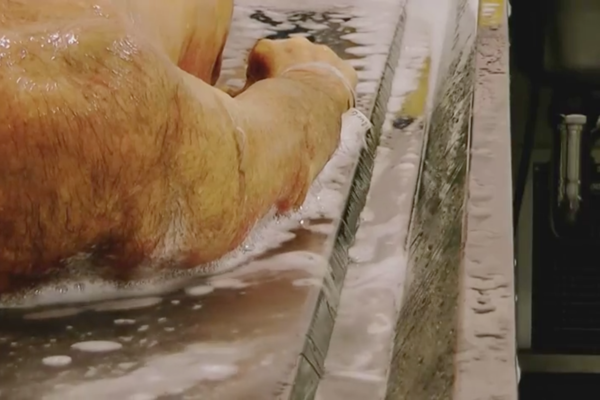10 Things That Happen To Your Body After You Die
6. Embalming #1: Blood And Soap

Whether or not a post-mortem was necessary, most bodies will be embalmed.
Not just for Egyptian mummies, the embalming process ensures that you don't go all mushy before your family have a chance to say their last goodbyes.
"Embalming fluid" is made up of formaldehyde, methanol a couple of other goodies. It usually also contains water, but the most effective and expensive embalming methods are "waterless" and preserve the body much better. They also contain various dyes to return the deathly pallor to a healthy pink colour, so the embalmer will need to match their fluids to the skin tone of the deceased.
Basically, the fluid is used to preserve the body by replacing the blood with it.
A small incision is made in the neck, armpit or groin to access the carotid, brachial, or femoral artery, the embalming fluid is pumped in by machine until is has displaced all of the blood - a process that usually takes about an hour. Whilst all this is going on, the cadaver will be treated to a lovely massage in order to break down any blood clots and expedite the process.
The fluid is then drained from the main cavity in the body and is replaced by a special fluid to slow decomposition.
The outside of the body is washed, either by the mortician or, in the case of a Hindu or Sikh individual, by the family. In the Muslim faith, it is washed by an Imam and wrapped in an unbleached shroud.